The Ethics of AI Art: Considerations for the Heart-Centred Entrepreneur
What are the ethical considerations for using AI art in a heart-centred business?
While AI art offers us an exciting new, and cost effective, way to create graphics for our solo businesses, there’s a lot of controversy surrounding the technology. So what are the implications and considerations for heart-centred solopreneurs?
If you’ve been following my blog, you’ll know I’ve been exploring this new world of AI, and becoming increasingly more excited about its potential to improve efficiency and reduce stress in my solopreneur business.
In particular, I’ve fallen in love with AI art – so much so that I’ve started offering Interactive AI Art sessions as a service.
But, as someone who considers themselves a heart-centred entrepreneur, I can’t detach myself from the ethical controversy surrounding the technology.
I’ve been closely following the debates from both sides, and carefully weighing up the arguments, as I look into the ethics of AI art. I’ve also been doing my best to educate myself about just how AI art technology actually works, so I can make an informed decision on how this new tech aligns with my own values.
How does AI art work?
I asked GPTChat to explain how an AI art works to an 8 year old. This was the response:
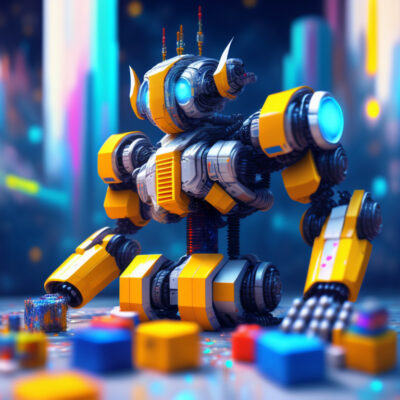
“AI art generators are like magic machines that can make new pictures all by themselves! They look at lots of different pictures and learn how to make new ones that look similar, but are still unique and special. It’s like if you have a toy box with lots of different colored blocks, and the machine can build new towers and buildings using those blocks, but they will be different from the ones you built.”
I love this simple explanation 🙂
To get just a little bit more detailed:
An AI image model is “trained” by being fed a large dataset of images, where it “looks” at these images to learn about different features and patterns that make up an image, such as colors, shapes, and textures. After training, the AI can use this knowledge to generate new images – based on text inputs from a human user – that are similar to the ones it has seen before but are also unique and original.
So what exactly is the problem with this? Why is it stirring up so much emotion?
The key considerations in the debate on the ethics of AI art
Use of artwork without the artist’s consent
By far the biggest ethical sticking point with regards to AI generated art, is that AI art models have been trained on billions of images scraped from the internet. These images include artworks created by living artists, used without their consent. Critics claim this is a clear breach of copyright. Developers and proponents of AI image generators claim that this falls under “fair use”.
A battle about to go through the courts looks set to decide this from the legal perspective. But what about the ethical perspective on AI art?
Whether or not its breaching copyright, the unauthorised use of artist’s work in this way is, in the very least, incredibly disrespectful to those artists. Artist’s have every right to dictate how their work is used, or not used. Their choice to post their art online doesn’t waive that right, as some have tried to claim.
The developers of Stable Diffusion (the AI art tool I use) – have already taken action to remove some artist’s copyrighted work from their datasets, and are setting it up so artists can opt out of the next version of their model. While not ideal – it would be better if artists could actively opt in – its definitely a step in the right direction.
I welcome this move, as I would prefer to only use models trained with consenting artists images, and hope the developers of other AI art models follow suit.
AI Art plagiarising artists work
Many critics of AI art claim that these generators are guilty of plagiarism, comparing what it does to creating a “digital collage” out of artists’ works.
These types of claims tend to come from those who don’t understand how AI art generators actually work. As explained above, the AI art models actually learn to detect patterns from the images they are trained on, so it can then create new images using similar patterns.
Its like a human artist learning another artist’s style, and then painting their own picture in that style. This isn’t considered plagiarism in the art community – in fact, there wouldn’t be many artists who could claim to not have been influenced by another artist’s work.
So what makes it different when a machine does this? Is it simply that it can do it faster and far more efficiently than a human could?
While I don’t believe AI art generators plagiarise artists’ work, I choose not to use the names of any living artists in my AI art prompts. There are plenty of other ways to get the particular visual result that you’re after, without calling on specific artists names to try to emulate their style.
The impact on artists livelihood
Much has been made of the fact that AI art generators have already started to impact the income and jobs of artist, and this is likely to continue.
Unfortunately, this is the side effect of technological advancement. Just as many portrait artists lost their livelihoods when the camera became commonplace, and the industrial revolution resulted in massive job losses, so too will the AI revolution.
Does that mean we should put a halt to all technological progress? Of course not.
I say this as someone who has already had their livelihood affected by technological advancement. When I started as a web designer, over 20 years ago, it was mostly about coding html. If you weren’t interested in learning to code, you had to employ someone to code the website for you.
Now, however, with the rise of platforms like Squarespace and Wix, almost anyone can build their own site without any coding knowledge – and many are choosing to do just that rather than pay someone like me to do it for them.
Now, it looks as if AI technology may well make web designers an endangered species! People have already started using Midjourney to create some incredible website designs, and use ChatGPT to help them create the website code necessary to implement those designs (see this YouTube video).
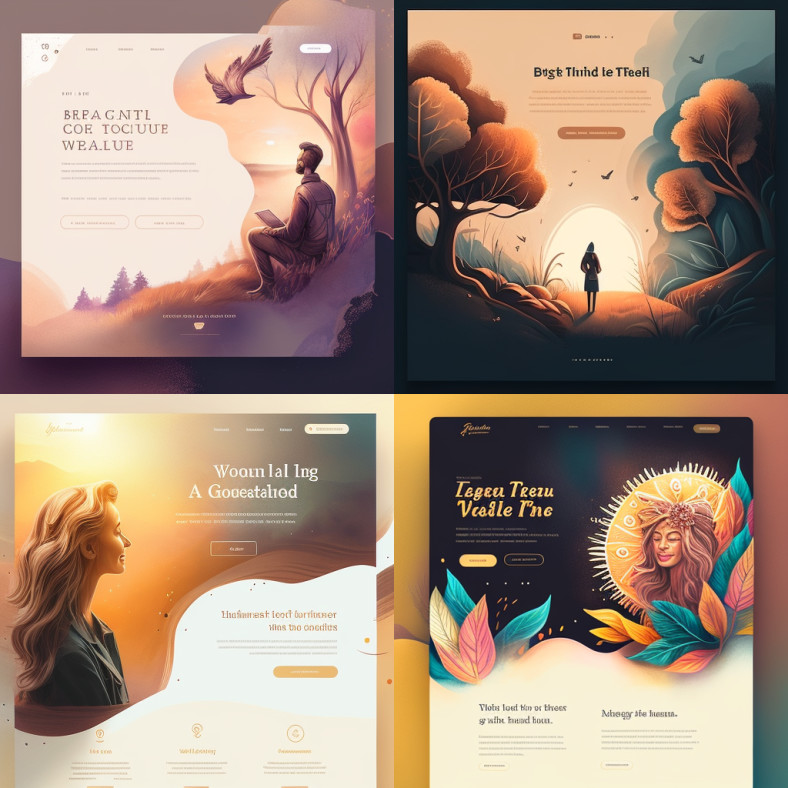
It won’t be long before someone combines them together, to develop an AI which will create websites at the click of a button.
I can’t say that I’m completely unconcerned by this, but such progress can either be seen as a threat, or an opportunity. I choose to see it as an amazing opportunity.
The AI revolution has the potential to create jobs in many new fields and areas, just as previous industrial revolutions did.
Creating AI art doesn’t involve creativity or skill
This is another argument made by those who really don’t understand the process of creating AI art.
I’m a very creative person – I’m just not blessed with traditional artistic talents. Put a paintbrush or pencil in my hand, and all you’ll end up with is a rather sad mess (and not a particularly aesthetic one either!).
So I was in heaven when I discovered Photoshop nearly 20 years ago. It allowed me to create new and unique images by combining stock images, filters and brushes in interesting ways. Finally, I could bring those artistic ideas in my head to life!
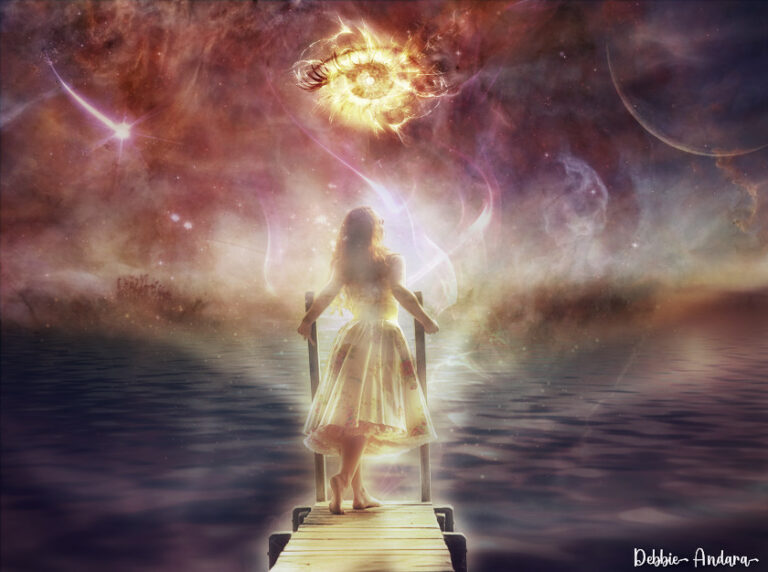
It unleashed my creativity in a whole new way – and so too does AI art.
The AI art app I use (Automatic1111), is simply a tool to bring the artistic ideas I have in my head into being. I already have a vision of what I want, and I use the AI art generator to bring them into reality – just as I used to do with Photoshop and stock photos.
Creating AI art is not simply a matter of typing some words and pressing a button….
I’m sure you’ve probably heard of the guy who won the Colorado State Fair’s annual art competition, with art that was AI generated – and all the outcry that resulted. But did you know he spent over 80 hours creating that artwork?
I easily spend hours and hours on just one image. Because its a process. Its not the instant “press a button and the get the perfect image” thing that many people think it is.
Its a process of experimentation and refinement. Of coaxing and guiding the tool in the direction you want, until you have a result that matches the vision in your head.
Isn’t that a lot like what a traditional artist does, whether its with a paintbrush, pencil or piece of chalk?
And as for AI art not requiring any skill, because the AI does most of the work – can’t that same argument be made for photography? Doesn’t the camera do most of the work in capturing a photograph?
But just because everyone can use a camera, doesn’t mean there’s not great skill involved in knowing which settings to use and in having an eye for what makes a great photo. So too, AI involves knowing which settings to use, how to craft an effective prompt, and what makes a great image.
There are many people just like me, who are not gifted in the traditional artistic sense – as well as those that due to differing physical capabilities can’t hold a paintbrush or pencil – that are finding AI art is giving us brand new avenues to explore and realise our creativity.
Conclusion
The advent of AI art technology has certainly stirred up a hornet’s nest, fueling a hot debate around the ethics of AI art. Some of the arguments against the tech can be put down to simply not understanding how it actually works. But others – like training the datasets on copyrighted images – is certainly troubling.
As with all technological advancement, it will take time for the legal and ethical considerations to be worked out. But it does seem that Stability AI (developers of Stable Diffusion) are at least taking steps in the right direction, and hopefully the other big AI companies will follow suit.
For solopreneurs without the budget to hire artists to create art for us, this technology certainly provides an amazing opportunity for us to create unique images for our brands and businesses. But as heart-centred entrepreneurs, it behoves us to make ourselves aware of all the ethical considerations, and make our own decisions about whether the tech aligns with our values.
Ultimately, AI art generators can be a powerful and creative tool, and just like any tool, we have the choice to use them in a responsible and heart-centred way.
Do you use AI art in your business? If so, I would love to hear your thoughts on the ethics of AI art and how it influences your use of the technology.
Hi, I’m Debbie
I’ve been running my own web design business for over 20 years now. During this time I’ve learned a thing or two about how to operate successfully as a solopreneur, and am still working on making it as stress-free as possible (for both myself and my clients!).
I want to help others become successful and stress-free solopreneurs too, by sharing my knowledge, experience, business trials and tribulations!
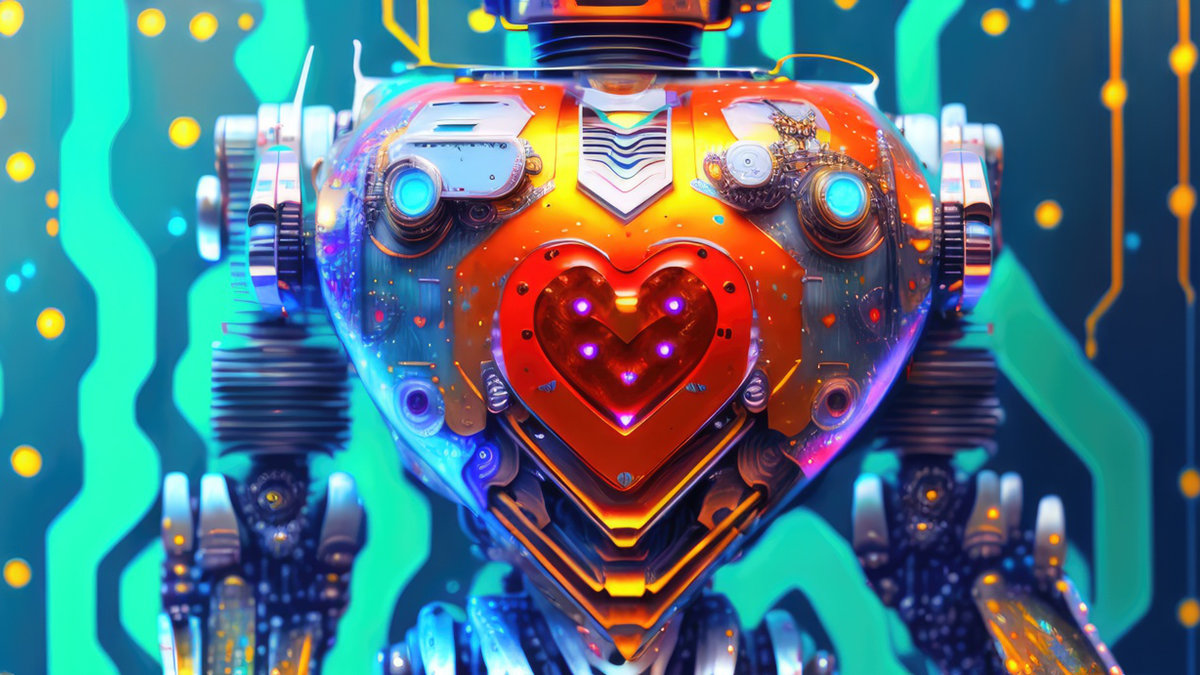
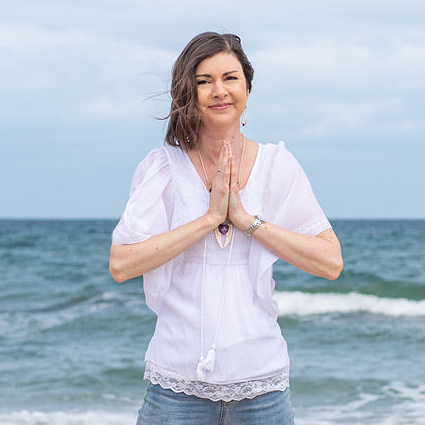
Leave a Reply